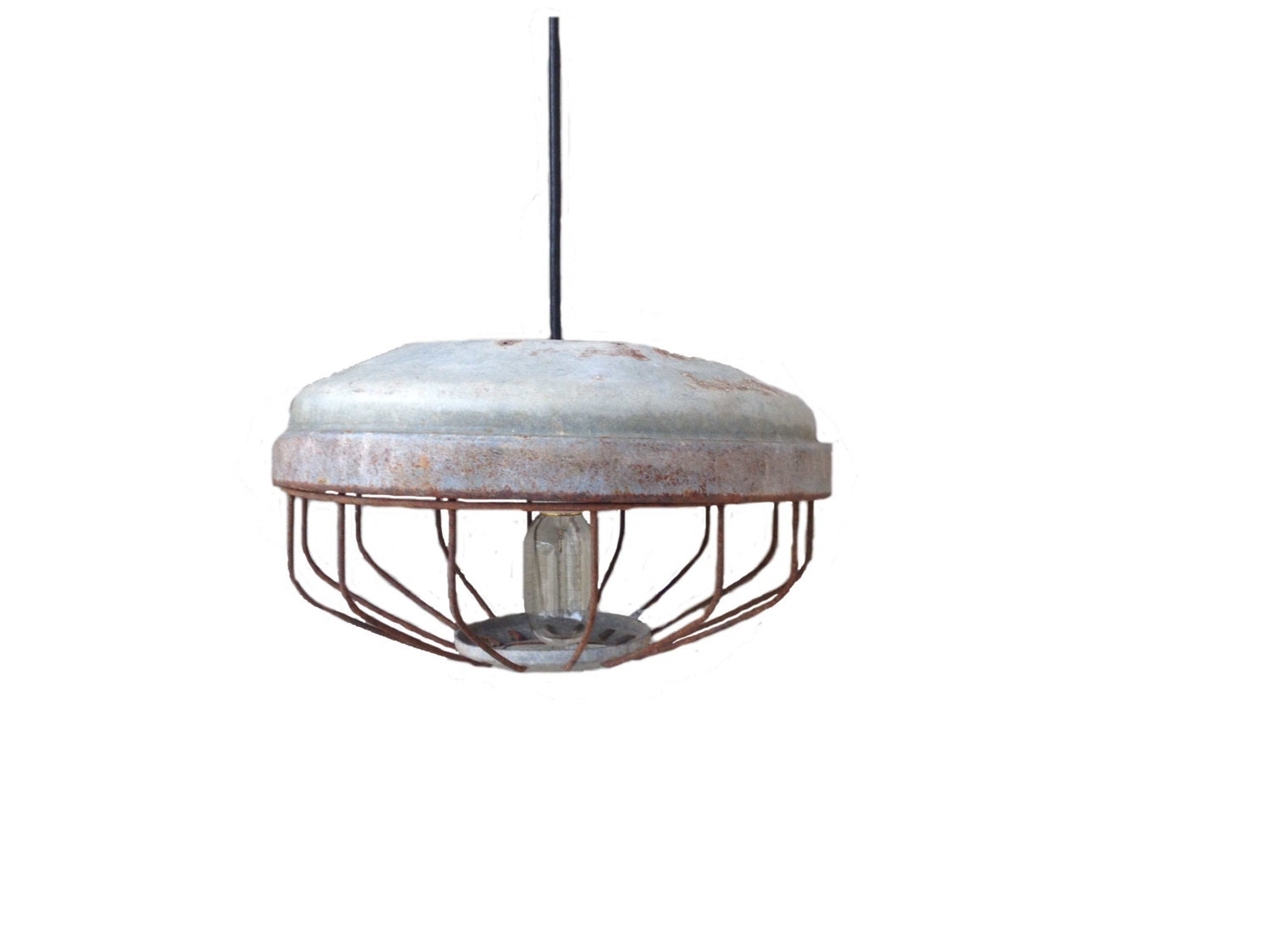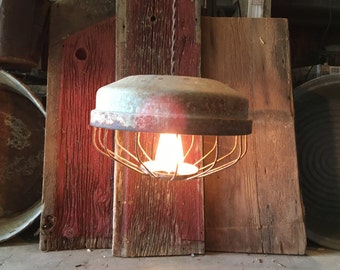

According to this study, a broiler produces about 7 times the heat produced by a man and a layer about 5.5 times, while the consumption of water and feed has grown significantly in the last fifty years. Furthermore, in a farm with these characteristics, it is easier to generate a stable microclimate, and the animals will tend to distribute themselves uniformly, occupying all the available space. In a shelter of this size, the researchers have shown that the cooling/heating costs are lower than in a smaller shed, thanks to better heat distribution efficiency. The ideal poultry house should have dimensions of 150–180 m in length, a width of 15–20 m, and a height of 2.7–3 m. In the last 50 years, chickens body weight increased by over 450%, but in commercial flocks, it is becoming more and more difficult to distribute the right amount of feed to each individual bird. The focus on improving the methods of feed administration is very important since even small decreases in feed intake can lead to significant losses in productivity.

The quantity of feed provided, the nutrient density, the frequency and timing of feed delivery, stocking density, feeder design, and feeder space all affect feed distribution and therefore body weight uniformity. To achieve these important targets, it is known that breeding and management techniques of chickens are key elements to improving productivity. This quota is obtained by applying different systems, mostly identified as intensive poultry production (95%) and a small portion (5%) belonging to an extensive rearing system (organic, free-range, and low-input production systems). In this country, the poultry meat sector is the only one that is completely self-sufficient in the context of Italian meats: national production, in fact, covers 103.6% of chicken meat consumed. The European poultry meat sector showed a production of around 13.2 million tonnes, of which 1,374,100 tonnes were obtained in Italy. In 2021, the world production of poultry meat confirmed a slightly increasing trend, recording a +1.1% increase and reaching 135 million tonnes, thanks to the driving force of countries such as Brazil, China, India, Pakistan, and Mexico, partially offset by slight decreases in the European Union and Indonesia. The application of a single F-LED at the end of each feeding line demonstrated its utility in improving size uniformity and feed conversion.

The feed conversion ratio followed the same trend, being more favorable in chickens reared in F-LED (1.567) compared to those raised in CONTROL (1.608). Uniformity improved in F-LED, at 75.2% in females and 54.1% in males, compared to CONTROL, at 65.7% and 48.5%, respectively, for females and males. At the end of the cycle, the average body weight never showed significant differences both for females (1345 g in CONTROL 1359 g in F-LED) and for males (2771 g in CONTROL 2793 g in F-LED). In CONTROL, no light was located on the feeders. In F-LED, to encourage chickens to feed and to redistribute more feed down the feeding line, a feeder equipped with a LED light has been installed at the end of each line. In CONTROL, 20,000 females (mean body weight 41.12 ± 3 g) and 25,000 males (mean body weight 41.56 ± 3 g) were housed, while 19,200 females and 23,000 males of the same genetic make-up and mean body weight were housed in F-LED under the same environmental conditions. A total of 87,200 ROSS 308 chickens, 1-day old, were housed in two poultry houses (CONTROL, F-LED). This study assessed the use of feeders equipped with light-emitting diodes and their effects on the productivity of broiler chickens under productive conditions.


 0 kommentar(er)
0 kommentar(er)
